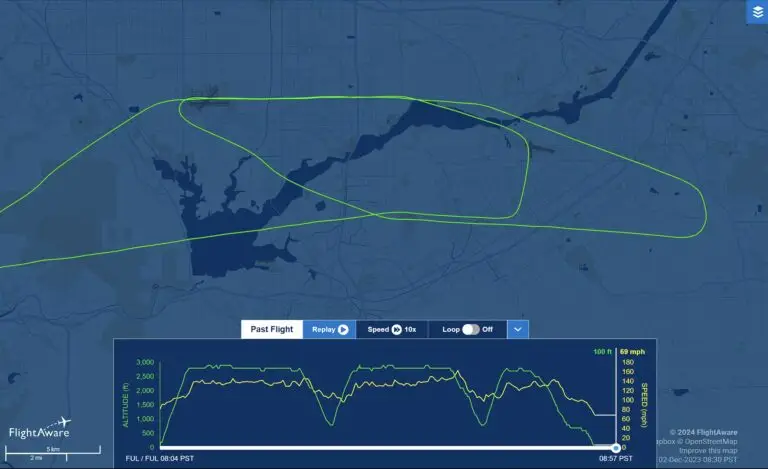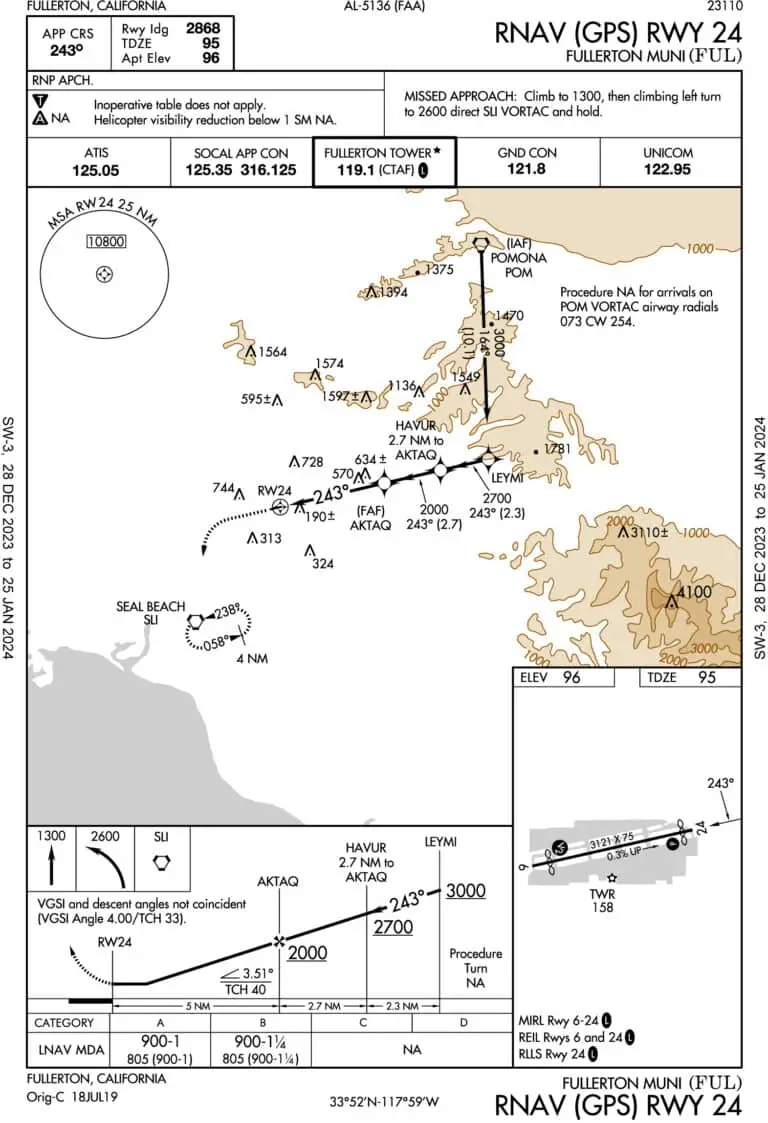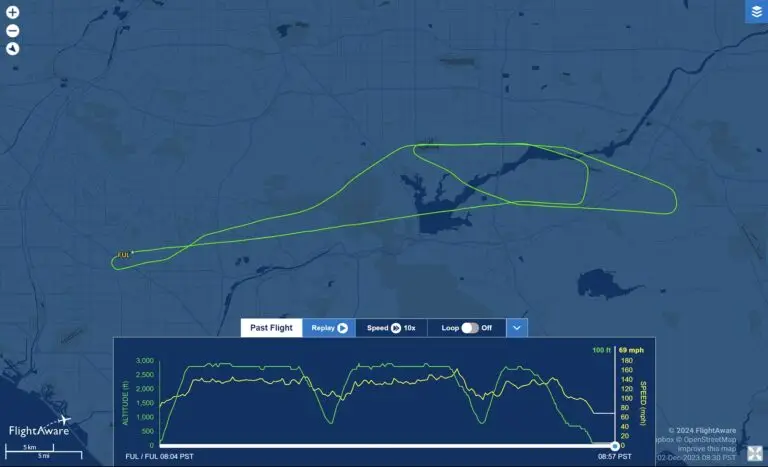The end of November was on the horizon and I needed two more approaches to stay IFR current. To act as Pilot in Command (PIC) for a flight under IFR (Instrument Flight Rules) conditions a pilot must maintain instrument currency. Instrument currency translates to six (6) Instrument Approach Procedures every six (6) months along with a holding procedure and intercepting and tracking courses through the use of navigational systems.
I had logged time in actual conditions flying departures and also on approaches, but most of the approaches didn’t count for currency purposes. To log an approach, a pilot must be either under simulated instrument conditions, or if flying in actual Instrument Meteorological Conditions (IMC), you must be in IMC and transition to Visual Meteorological Conditions (VMC) during the final approach segment. The easy way to remember is if you cross the Final Approach Fix (FAF) while in IMC and then break out, you can log it as an instrument approach.
I lined up a safety pilot for Wednesday the 29th after work. I would get the approaches in and be all set for when the calendar ticked over to December 1st. I filed a VFR flight plan from Fullerton (KFUL) to Chino (KCNO) and listed KFUL as my alternate. The plan was to shoot two approaches at KCNO and then the approach back into KFUL. By filing that way I could pick up any NOTAMS for the entire flight.
In the afternoon I logged in for a weather briefing and had the first indication that the flight might not take place. The Terminal Area Forecast (TAF) for Ontario (KONT) just a 5 miles north of KCNO was a broken layer at 2,200′. The two airports closest to KFUL, Long Beach (KLGB) 9 miles to the west was 2,500′ broken and Los Alamitos (KSLI) 6 miles to the southwest was 2,200′ scattered.
Practice approaches must be flown under VMC conditions. The approaches into KCNO and KFUL start at 3,000′ MSL which would be troublesome under the forecast conditions, especially as we would be flying at night making it VERY difficult to avoid clouds, even if it is just a scattered layer. I walked outside to put my Mk 1 eyeballs to work and they confirmed what I read in the forecast.
I decided to give it another hour to see if the clouds would either break up, stay the same, or get worse. An hour later it still looked marginal so rather than have my friend wait around a couple hours for me to get off work only to cancel the flight, I called him and canceled the flight. Of course, because I called off the flight, when I walked out of work just after 5pm the skies were almost completely clear.
Time marches on, and when the calendar ticked over to December 1st and just like that I was no longer legal to file and fly IFR. With upcoming flights and the possibility of needing IFR clearances I scheduled another friend for a flight Saturday, the 2nd, in the morning. I have heard SoCal deny practice approaches in the afternoons when there is heavy flight school traffic, but if we went early I hoped we could get them all in.
Saturday morning dawned with clear skies and great visibility. My friend met me at the hangar and after a pre-flight and talking about the plan we climbed in the plane, started up, and taxied down to the run-up area. With the run-up and pre-takeoff checklists complete I called up Ground and received a squawk and instructions for flight following to KCNO.
After taking off Tower switched us to SoCal Departure who cleared us on course to our requested altitude of 3,000′. I navigated towards the Paradise VOR (PDZ) where the RNAV 26R approach to KCNO begins from the direction we were coming from and we were shortly handed off to the next sector.
On the initial call up I requested the practice approach. I wanted to avoid the “Squawk VFR, contact Chino Tower” instructions that I have received on more than one occasion when checking in to that sector. After my request I received the expected, “Depart Paradise heading zero-eight-zero.”
I had the hood on and was chasing the plane a little as I was hand flying instead of using the autopilot. Anytime I am flying with a safety pilot I like to hand fly the whole thing for the practice. I was holding altitude fairly well and by the time ATC had turned me on a base leg and then an intercept heading to final I was tracking the headings well. I followed the needles down final paying extra attention not to drift to the left into the parallel final for 26L.
Watching the altimeter I counted down the last 50′ out loud, taking a glance up at the Decision Altitude (DA) of 1,030′ MSL to see the runway right in front of us. I put my head back down and added power while easing the yoke back to arrest the descent. With a positive rate of climb established I raised the gear, followed by the flaps, and continued on the runway heading until Tower cleared me to begin my left turn and sent me back to SoCal Approach.
I began a climb back to 3,000′, direct to PDZ and called up SoCal who once again told me to depart PDZ on a heading of 080. We crossed PDZ and I headed east on the 080 heading, waiting for the turn onto a base leg, and waited, and waited. We were almost 8 miles past where they typically turn me and I was beginning to wonder if he had forgotten me. Just as I was about to call up to “remind” him we were there he gave us a turn followed by direct to LINDN along with a clearance for the practice approach.
This approach felt better than the first and once again at the DA I was looking right at the runway. One of my favorite quotes is from Ralph Waldo Emerson who said, “That which we persist in doing becomes easier for us to do—not that the nature of the thing is changed, but that our power to do is increased.” Approaches don’t change, but the more we fly them the easier they become.
Departing KCNO on a runway heading I went back to SoCal who vectored us onto the final for the RNAV 24 approach into KFUL. I only needed two approaches to be current and wasn’t sure I would get the third approach in when I heard the ATIS reporting that runway 6 was in use. But, ATC cleared us for the practice approach and turned us over to the KFUL Tower. He told me to continue the approach and that he would break me off south of the airport for the downwind to runway 6.
I stepped in down, crossing HAVUR just above 2,700′, then getting the gear out just before the FAF at AKTAQ and crossing at 2,000′ before continuing on down. Just as we reached the MDA of 900′ MSL, 805′ above the airport elevation, Tower told me to begin a left turn to enter the downwind. We came around, and for maybe only the fourth or fifth time out of 230+ landings at KFUL I touched the wheels down on runway 6.
Just under an hour after taking off I had my three approaches in and was current again. Now I just need to get three more approaches and a hold in by the end of January.






